Table of Contents
“We are what we repeatedly do. Excellence then is not an act, but a habit.” – Aristotle
Is your consulting spend aligned with your strategy? Do your teams have an advanced understanding of the consulting market, including trends and fee benchmarks? Did you implement dynamic management of your consulting panel? Do you use demand management to control your consulting spend? The answers to these questions will help you assess the maturity of your consulting sourcing capability.
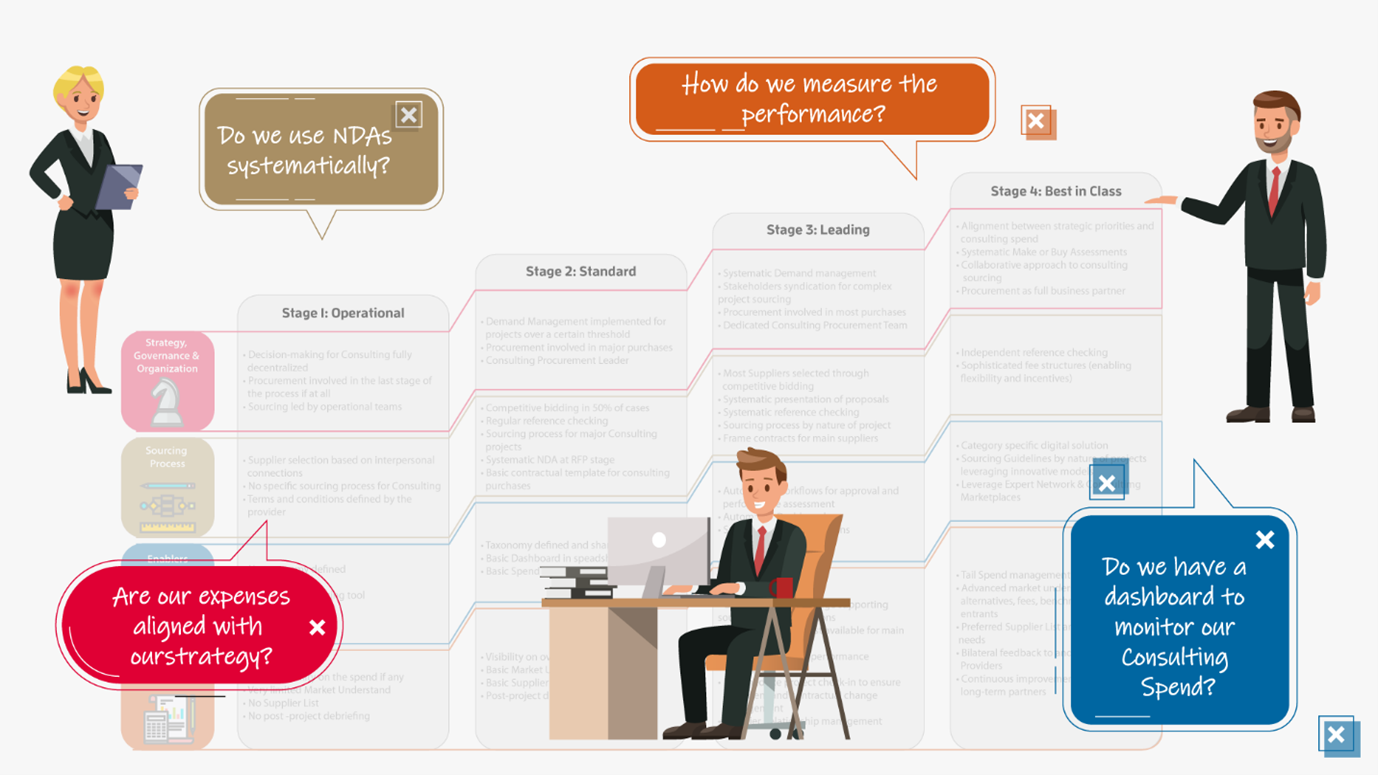
Consulting procurement organizations should aim to reach a high level of maturity, where the team uses best-in-class practices and brings significant efficiency gains for the procurement group and company as a whole. But before an organization can draw its path to excellence, it must first evaluate where it stands today on the maturity grid.
Understanding the starting point of your consulting procurement journey is probably as important as defining where you want to go.
A consulting procurement maturity grid to understand your starting point
The purpose of the consulting procurement maturity grid is to help organizations understand where they are today, where they should be in the future, the value of doing so, and how to get there. Organizations typically fall into one of four levels when it comes to procuring consulting services.
Operational Maturity
An operational organization has not implemented specific processes for consulting services. Most often, the consulting spend is entirely decentralized, and the operational teams manage the sourcing. As a result, the organization has partial visibility on the consulting spend and doesn’t use a dashboard or a spend monitoring tool for consulting.
The procurement group is involved at the last stage of the process, if at all. The teams have limited knowledge of the consulting market, often focused on local players.
The supplier selection is based on interpersonal connections, and the provider sets the terms and conditions.
The consulting category is not managed, and the potential for savings and improvement is significant.
Standard Maturity
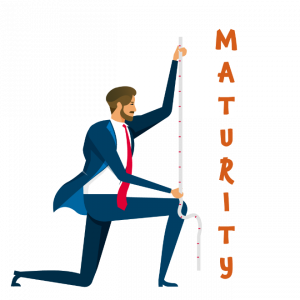 A standard organization has started putting into place processes to manage the major consulting project. The overall consulting spend is checked regularly with a basic dashboard in a spreadsheet. Demand management is implemented for projects over a certain threshold. There is a defined consulting procurement leader, and the procurement is involved in major purchases.
A standard organization has started putting into place processes to manage the major consulting project. The overall consulting spend is checked regularly with a basic dashboard in a spreadsheet. Demand management is implemented for projects over a certain threshold. There is a defined consulting procurement leader, and the procurement is involved in major purchases.
Even though they have a limited understanding of the consulting market, the teams can organize competitive bidding in 50% of the projects and require references during the RFP process.
They have put in place a systematic NDA at the RFP stage and defined a basic contractual template for consulting purchases. They perform post-project debriefing with the supplier to manage the relationship.
The organization sees the value of managing consulting sourcing. The strategic value gap begins closing as the capabilities for consulting procurement start to increase. Teams develop an understanding of the specificity of the consulting market. The critical value here lies in knowing that things can be improved.
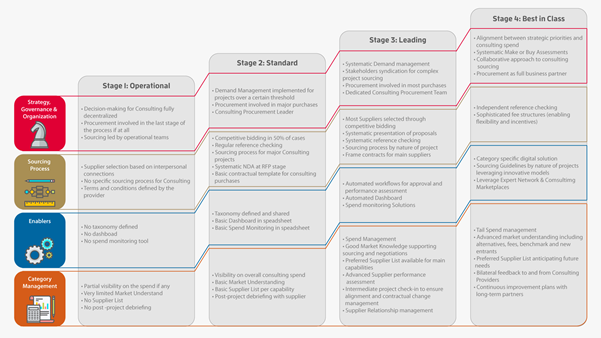
Leading Maturity
The leading organization has put in place solid category management for consulting services. For complex projects, the stakeholders are gathered to ensure alignment and buy-in. There is a dedicated consulting procurement team with basic market knowledge supporting sourcing and negotiations. Procurement is involved in most purchases.
Most suppliers are selected through competitive bidding with a systematic presentation of the most promising proposals and reference checking. The consulting procurement team uses frame contracts for the main suppliers.
The organization has put into place sourcing processes by nature of projects and systematic demand management. A preferred supplier list is available for the main capabilities.
The procurement team has developed a performance management system including intermediate project check-in to ensure alignment and contractual change management and advanced post-assignment performance assessment (expertise, posture, ROI, etc.).
The organization has put into place automated workflows for approval, performance assessment, automated dashboard, and spend monitoring.
The organization is one step shy of having a fully mature consulting sourcing capability. The strategic framework to make this happen is complete, and the organization is ready to begin implementing the next level.
Best-in-Class Maturity
A best-in-class organization has developed a fully mature consulting procurement capability. The consulting spend and the consulting sourcing strategy are aligned with the strategic priorities of the organization. Procurement is recognized as a full business partner for the consulting category.
The teams perform systematic make or buy assessments and staffing to ensure alignment with the strategy and keep the spend under control. They have a collaborative approach to consulting sourcing.
The teams now have an advanced understanding of the market, including alternatives, fees benchmark, and new entrants. They are implementing a sophisticated fee structure (enabling flexibility and incentives) and frame contracts.
They manage the performance of their suppliers through systematic performance reviews and continuous improvement plans with long-term partners.
They use a third-party measure of performance and reference checking to increase objectivity and leverage benchmarking. They have put into place continuous improvement plans with their long-term partners.
They manage the tail spend and maintain a dynamic preferred supplier list anticipating the organization’s future needs.
They have adopted category-specific solutions and developed sourcing guidelines according to the nature of projects to leverage innovation models. They leverage expert networks and consulting marketplaces to handle micro-projects.
The consulting sourcing capability is now at the highest level of maturity. The organization now sees the most significant benefits of managing the consulting category. The ROI of the project and internal satisfaction has increased. The procurement team is now seen as a strategic partner for the category, and the consulting spend is under control.
What should you look at?
The maturity grid touches upon four key areas that are essential to consulting procurement:
- Strategy, Governance & Organization
- Sourcing Process
- Enablers (manuals, guidelines, and systems)
- Category Management
Answer the following questions to get you started:
- Do you have a procurement team or person focusing on consulting?
- Is procurement involved in the procurement process?
- To what extent do you organize competitions between providers for your projects?
- Do you use NDAs systematically?
- Do you manage a pool of providers?
- How do you measure the performance of your consulting providers?
- Do you consider creative fee structures for your projects?
- Are your consulting expenses aligned with your strategy?
- Do you have a make-or-buy strategy for the consulting category?
Define where you want to go
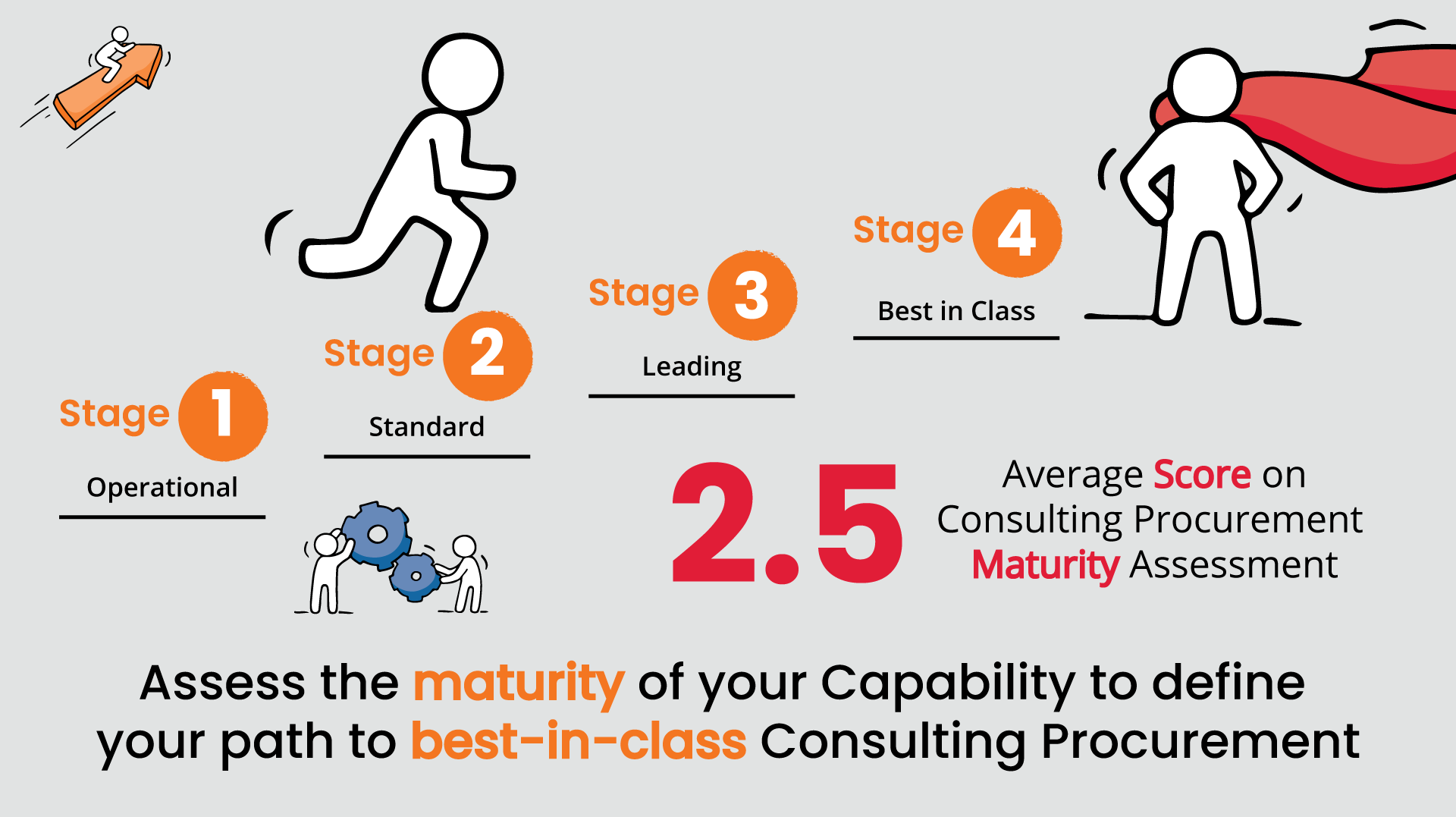
For large companies, the best-in-class maturity level should be the end game in the transformation journey. They are already familiar with strategic sourcing, demand management, and category management. They spend hundreds of millions of dollars every year on consulting projects and can get significant savings and quality improvement by implementing best-in-class consulting procurement practices.
Mid-market companies, spending roughly $5M to $30M in consulting every year, should aim somewhere between the leading and the best-in-class maturity levels or rely on third-party services to go the extra mile.
For smaller companies spending less than $5M a year, the leading maturity level is a good start. If the company has not implemented category management yet, the consulting category can be integrated into a more ambitious project on the full procurement scope.
The consulting procurement maturity has to be put into perspective with the overall procurement organization maturity, including people, and systems in particular, into the equation. The consulting category is one specific category within the indirect procurement. All the improvements made on the procurement capability as a whole can only benefit the consulting category.
Consulting is very often one of the most significant indirect procurement categories. Still, its specificities, linked to the diversity and the complexity of the consulting market as well as the intangibility of the services delivered, make it the most under-managed, too.
Building a mature consulting procurement can benefit your procurement organization by optimizing the spend and bringing in significant savings on your OPEX. Still, it can also strengthen your position at the C-level table by helping business leaders create more value through consulting.
Where to start?
Like any transformational initiative, the journey to build a mature sourcing capability starts with the mobilization of the organization.
Master the category and its economics
Understanding the supply market is key to making the best purchases. And consulting is not an exception.
The consulting market is a large and dynamic playground for thousands of consulting firms around the globe. There are many ways to look at it, starting with the most common approach: capabilities and industry experience. Let’s not forget the human component, which is particularly important in consulting. Identifying the DNA profile of a given consulting firm will help you understand what types of projects they can do with you.
Another key element to understanding the category is pricing. Consultants use several fee structures such as flat fees, hourly fees, or performance-based fees. When they estimate the price of the project, they always start with the duration and the team composition. But some other parameters are often disregarded, such as the industry in which you operate and the out-of-pocket expenses.
Set up the organizational foundations
Executives love to hate consultants, most of the time because they don’t see the value the consultants bring to their organization. When you work with consultants, you need to help your management understand what they get out of consulting and use it to your organization’s advantage.
When your teams are ready to embrace consulting, you need to define the right processes. There are several processes involved when working with consultants: decision-making, sourcing, and project management. The best way to assess the performance of both your organization and your providers is to put in place a performance measurement system and implement category management for the consulting category.
You now have the basic foundation to generate value, but the most important part is still missing—people. There is no one-size-fits-all solution organization set-up that will get you all the benefits, but rather a set of options you need to explore and weigh to find the best compromise for your specific context.
If you have decided on an organizational concept, you need to staff the right talents and find the right incentives to deliver on the strategic priority: value creation. Sourcing consulting is not an easy exercise. Your teams need to offer a blend of sourcing, consulting, project management, and business skills.
The success of your consulting project from inception to reception heavily relies on collaboration between your teams. A culture fostering project management and collaboration will pave the way to success for your consulting projects.
Adopt a performance management system
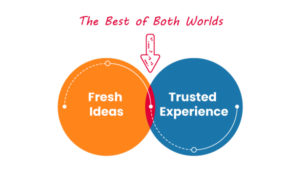
Consulting firms crave candid feedback from their clients. They also want to monitor their relationships with clients. Some executives may feel distraught when they are asked to measure the performance of intangible services like consulting. Indeed, it is sometimes hard to translate the benefits of consulting into metrics. Implementing SMART objectives is the place to start.
Adopting a performance management system will allow you not only to evaluate the performance on a given project but also to track weak signals before they become issues. Procurement teams will use the results to communicate with suppliers, build improvement plans, and manage the suppliers’ list with a fine granularity. Finally, it will be an excellent way to confirm that you have rightly spent your consulting budget.
Here are a few basics when building a performance management system for consulting services:
- The system must measure performance on the dimensions that are critical for your organization.
- The measure must be standardized to leverage benchmark
- The performance should be assessed on both hard and soft aspects
- The measure must be done at the right granularity (consultant, project manager, partner, consulting firm, etc.)
Lastly, continuity in measuring and managing performance is the key to unlock all the benefits for both your organization and your suppliers.
Make the most of your category management system.
Consulting is rarely managed as a category. Very few organizations can perceive the particularity of consulting services and implement efficient category management for them. One of the foundations of category management is to monitor the spend, the market, and the performance of your providers to continuously improve your sourcing.
You shouldn’t see your consulting spend as an independent bucket. If you use consulting as a strategic lever to accelerate your transformation, you will immediately feel the necessity to strategize your procurement for the category. Several options can be explored in parallel, such as defining a consulting strategy or building a specific procurement process.
For most projects, organizing a healthy competition between consulting providers will help you get the best proposals and make an informed decision.
Because the efficiency of consulting depends heavily on the quality of the relationship between you and your providers, you should invest time with your main consulting providers to help them improve their performance and increase their understanding of your business.
As with any other field, consulting procurement capability is being developed in stages. You can easily assess your organization’s procurement capability maturity today and strive to improve it. Achieving a higher standard and success with consulting procurement capability is well within reach of any organization. Your next step is to ensure the alignment of your consulting spend with your strategy.
5 takeaways for busy executives
- You can evaluate the maturity of your consulting sourcing capability and identify your level of maturity: operational, standard, leading, and best-in-class.
- To reach the next levels, you can play with four levers: strategy, process, enablers, and category management.
- Start by measuring where you are and determining where you want to go.
- Implementing a sustainable performance management system is instrumental in reaching the highest levels of maturity.
- Understanding and managing the consulting category will allow you to unlock value and savings for your organization.
consulting procurement maturity Consulting Procurement Maturity Consulting Procurement Maturity Consulting Procurement Maturity Consulting Procurement Maturity Consulting Procurement Maturity Consulting Procurement Maturity Consulting Procurement Maturity Consulting Procurement Maturity Consulting Procurement Maturity Consulting Procurement Maturity Consulting Procurement Maturity Consulting Procurement Maturity Consulting Procurement Maturity Consulting Procurement Maturity Consulting Procurement Maturity Consulting Procurement Maturity Consulting Procurement Maturity Consulting Procurement Maturity Consulting Procurement Maturity Consulting Procurement Maturity Consulting Procurement Maturity Consulting Procurement Maturity Consulting Procurement Maturity Consulting Procurement Maturity Consulting Procurement Maturity Consulting Procurement Maturity Consulting Procurement Maturity Consulting Procurement Maturity Consulting Procurement Maturity





